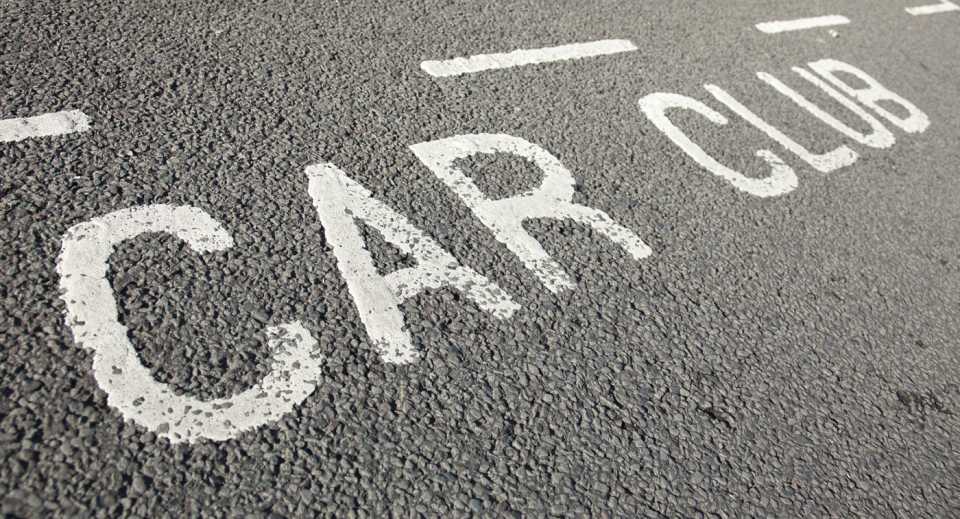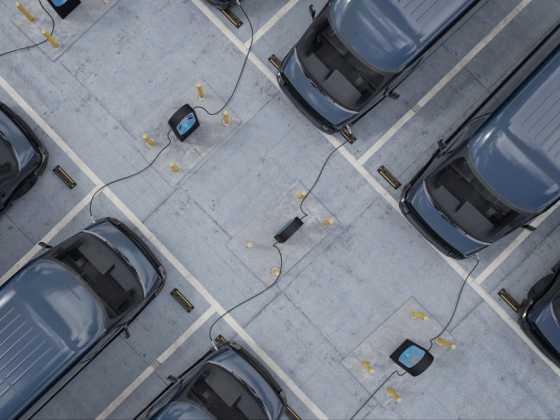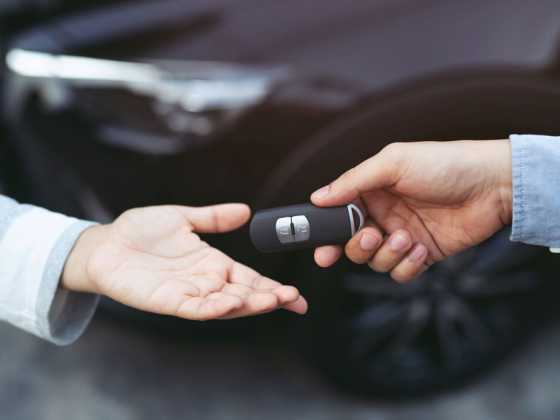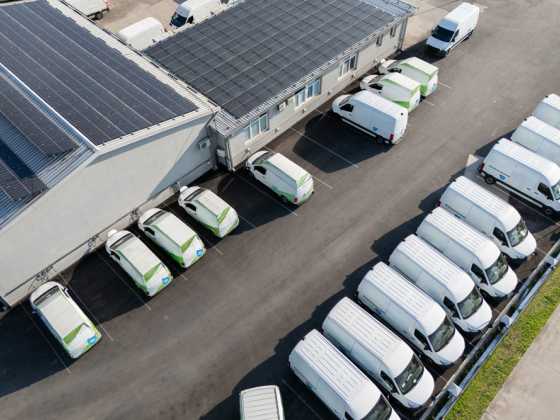Re-thinking staff travel

Decision makers across both the public and private sector should question their staff's travel choices, and actively promote and incentivise shared transport in its various forms. Richard Dilks, chief executive of CoMoUK, explains how
Some things are clear cut. We will, for example, either manage to meet our climate change commitments and so play our national part in halting the rise in global temperatures. Or we will not, with all the consequences that brings. The facts speak for themselves. This is not an issue we in transport can ignore, for it is the single largest emitting sector in the UK, one whose emissions have in fact risen in recent years. Those were years when the lines on the graphs were meant to be trending down, to meet the UK’s legal commitment to net zero greenhouse gas emissions by 2050 at the latest.
Other things are clear cut, but perhaps don’t seem it yet. For example, part of dragging those graph lines down is to partly move away from the idea that people either have to own their means of transport or take public transport. There is an additional way: to share the car, bike or e-scooter or car journey; to use more flexible bus services in smaller vehicles; to once again share taxis and lifts, once pandemic restrictions permit. These options share the characteristic of on-demand shared transport. This is a popular reality in the UK already, with well over one million Britons members of some form of shared transport scheme or other.
Yet shared transport has the potential to go much further. It is not the answer to every journey – no single option is – but it has a proven track record in enabling journeys and options for people in a far more sustainable and efficient way.
Questioning car ownership
Let me explain a little more, starting with cars. We don’t take much notice of it because we subliminally accept that parking an awful lot of inactive lumps of expensive metal around our homes, work and leisure places is perfectly normal. We give up vast amounts of space to this. For example, central London alone (whose image is not exactly that of a car park) has the equivalent of 56 Hyde Parks devoted to car parking. Sharing cars means we need far fewer of them – our research finds that a car club car replaces around 14 private cars.
The benefits are not just about parking either – we find long-term car club users cut their mileage by nearly 800 miles per year too. So now we have a much smaller fleet that, per person, is being used less but overall is being used much more efficiently. This is how we can cut both parking and congestion pressures and is a natural fit with low traffic neighbourhoods, better air quality and nicer places that are not built or adapted around the private car. These cars are also much cleaner than the British car fleet in general.
All that adds up to dramatic levels of carbon savings are possible through car sharing’s role in taking out private cars. In the case of London, our research finds car clubs can take out 82,000 tonnes of carbon annually. In Scotland we calculate the figure to be 87,000 tonnes from car club; 135,000 tonnes from lift sharing; and 64,000 tonnes from bike sharing.
For bike and e-scooter sharing, the benefits are in providing very easy access for people to these options – our research finds 46 per cent of bike share users said the bike share scheme was the catalyst to them riding again – and in not having to store a bike or e-bike. Across all these micromobility options there are potential cost benefits, particularly when stacked against owning (or leasing) and running a private car.
The fleet management approach
Overall here I am in effect describing a fleet management approach – a worldview that looks at the overall size and composition of the fleet, its use, emissions and alternatives. Such an approach is the bread and butter of fleet managers; but this is not how our national fleet is seen and planned because we accept and assume that in the case of cars and bikes it will be owned by individuals.
Taking this fleet-based approach is part of the solution to the environmental challenges we face. There are many other important routes to go down simultaneously which require action from Government across taxation, built environment planning (including mobility, community or remote working hubs where shared, public and active transport options come together in one attractive whole), more action on prescribing cycling on the NHS and plenty more. But there is a huge amount that fleet managers can do.
There are examples already out there, across pool and grey fleet management, and across the public and private sectors. Highlands Council has worked with Enterprise Car Club across its 21 sites, reducing grey fleet usage by 800,000 miles (that’s to the moon and back three times with change to spare) and saving 377 tonnes of CO2 and no less than £1m in the first year alone.
Arup and Liftshare have worked together to avoid 6.5 million miles of car travel at one site in the West Midlands, cutting 1,500 tonnes of CO2 and 6.6 tonnes of NOx. Staff are estimated to have saved £1.6m and the chronic parking problems on site are at an end.
While employers are not currently measured on Scope 3 emissions, we consider this will change in the future. Before it does, we encourage fleet managers and relevant decision-makers to look at the emissions hotspots in their transport chains, to look for the efficiency gains that taking shared transport routes can deliver and to engage with employees in positive, dynamic ways. This engagement was critical in the Arup/Liftshare example, which included a range of positive incentives (covering a taxi ride for emergencies, enhanced shuttle bus provision to the rail station, enhanced cyclist facilities, allowing free on-site parking for those who were liftsharing) with negative controls (the end of free parking on site for all five days a week). Options include trialling measures, recruiting a sample group of employees to study options, hosting a cost, time and emissions calculator on the intranet, help employees create ‘if-then’ plans to overcome barriers.
We are as a nation still going through a period where everyone has in that wartime phrase to do their bit. The UK’s average car occupancy figure in 2015 was 1.5. If we let that slip by 2050 to 1.3 – and there are undoubtedly dangers posed by people’s increased use of cars during the pandemic, by the potentially lower running and fuelling costs of electric vehicles or autonomous vehicles in the future – then we face traffic growth of 55%. That is completely incompatible with our legal commitments and policy goals to improve on air quality or public health. If we can boost our occupancy to 1.7 then traffic growth from 2015 to 2050 is five per cent instead.
The time for attractive, well designed change that cuts cost and emissions but not convenience is now, for all the time we delay is time we will more painfully have to make up into the future.






